Ever wonder why movie stills from the 1920s and 30s look so drop-dead stunning? And why professional studio photos from the 1950s onward look so, well, chintzy? It’s not your imagination or cheap modern printing processes. There actually are long-forgotten techniques used by the still photographers in early Hollywood. Fortunately, George Arliss was our man on the scene during that Golden Age so let’s take a look at some superb original 8×10 and 11×14 inch portraits by these Rembrandts of film to uncover some of their methods.
Admittedly a self-consciously artsy photo, this Bert Longworth portrait of Mr. A suggests a 3-D quality:

THE MILLIONAIRE (1931)
Here’s a refreshing outdoor composition by Irving Lippman. You can almost feel the warmth of the sunshine:

A SUCCESSFUL CALAMITY (1932)
Photographers understood the inherent drama of black & white as this stark study suggests:

VOLTAIRE (1933)
This is one of several portraits that Warners commissioned when Mr. A signed to make talking pictures in 1928. The unknown photographer has subtly softened the focus on the facial features without calling attention to it:

The portrait above is 4×5 and here is the 4×5 work negative it was made from (cropped due to my scanner):

And here is a painting that Gaumont-British studios made from the same photo a few years later:

I have not enhanced the colors – they are as vibrant now as they were 75 years ago.
Getting the flesh tones right marked the true artist, not too light and pasty, not too dark:

THE MILLIONAIRE (1931) by Bert Longworth
The still photographer often worked closely with the cinematographer on lighting. Here notice the “candlelight effect” that was a challenge to achieve due to the relatively low sensitivity of film stock of the time mandating lots of lights – there is minimal frontal lighting, the glow from the fireplace at right is noticeable, and most of the lighting comes from overhead:

VOLTAIRE (1933) with Doris Kenyon and Reginald Owen
A dramatic portrait by Elmer Fryer:

THE MAN WHO PLAYED GOD (1932)
An uncharacteristic pose of Mr. A, note the sharp focus on the face:

We’ve discussed the role of lighting, lenses and focal points, but what was the real secret that makes the work of these vintage photographers unattainable their by counterparts today? Ready? It was the size of the negatives they used. They didn’t use those handy 35mm rolls of film or larger rolls that produced negatives about 2 1/2 x 2 1/2 inches square. No, these da Vincis of da camera used gigantic negatives measuring 8 x 10 inches. In other words, those beloved 8×10 stills that film buffs admire are not enlargements from small negatives like today, they were contact prints!
Here’s an original 8×10 negative – and yes, it required a huge, bulky camera:

Most digital scanners today can’t handle these 8×10 monsters but the depth of field these negatives produced just can’t be duplicated with smaller size negatives. It’s the difference between painting a miniature or working on a large canvas
And here’s this negative turned into a print:

THE LAST GENTLEMAN (1934) with Rafaela Ottiano, Donald Meek, Frank Albertson, Janet Beecher, Charlotte Henry, Edna May Oliver, Ralph Morgan, and Mr. A.










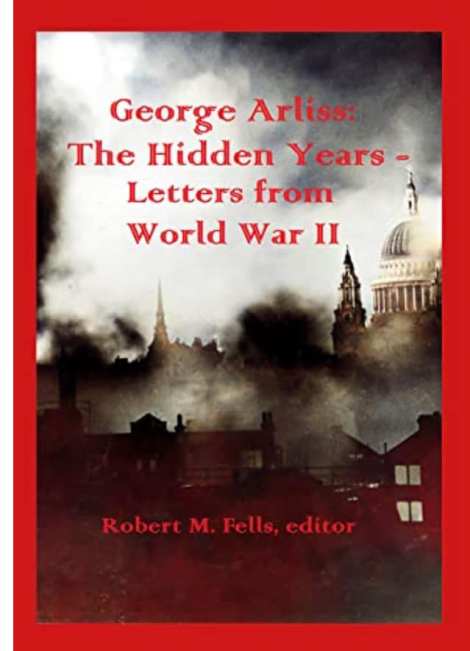
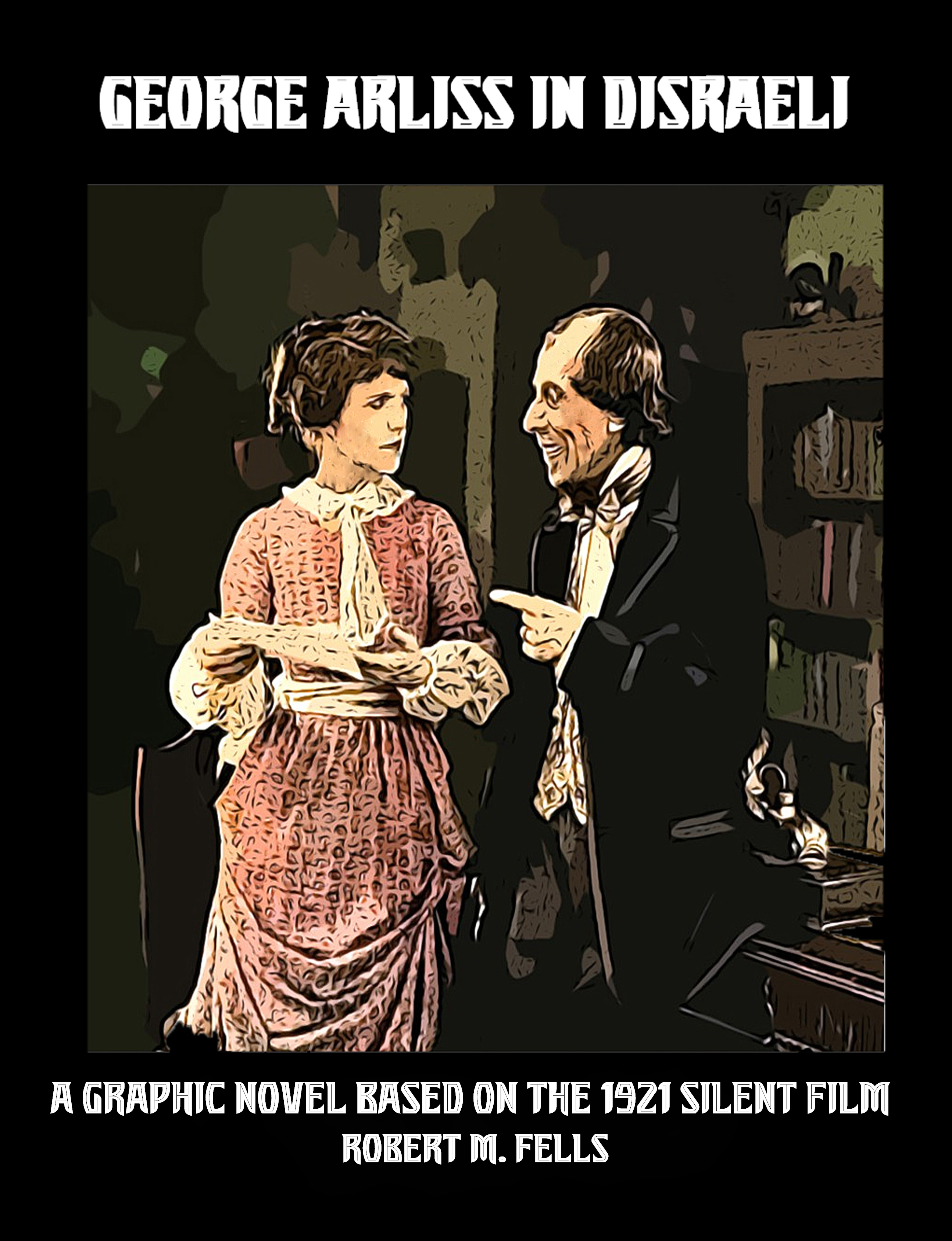
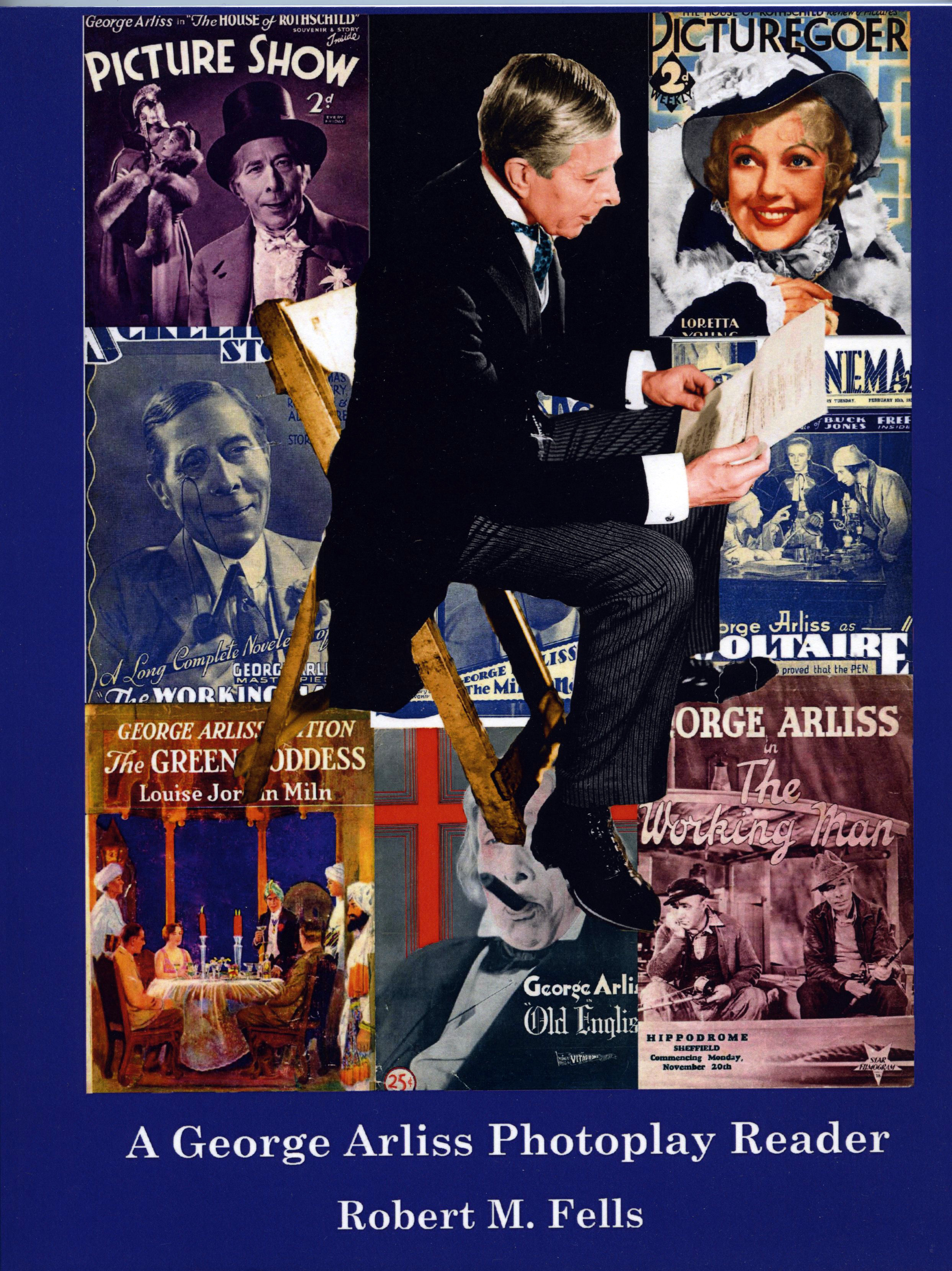

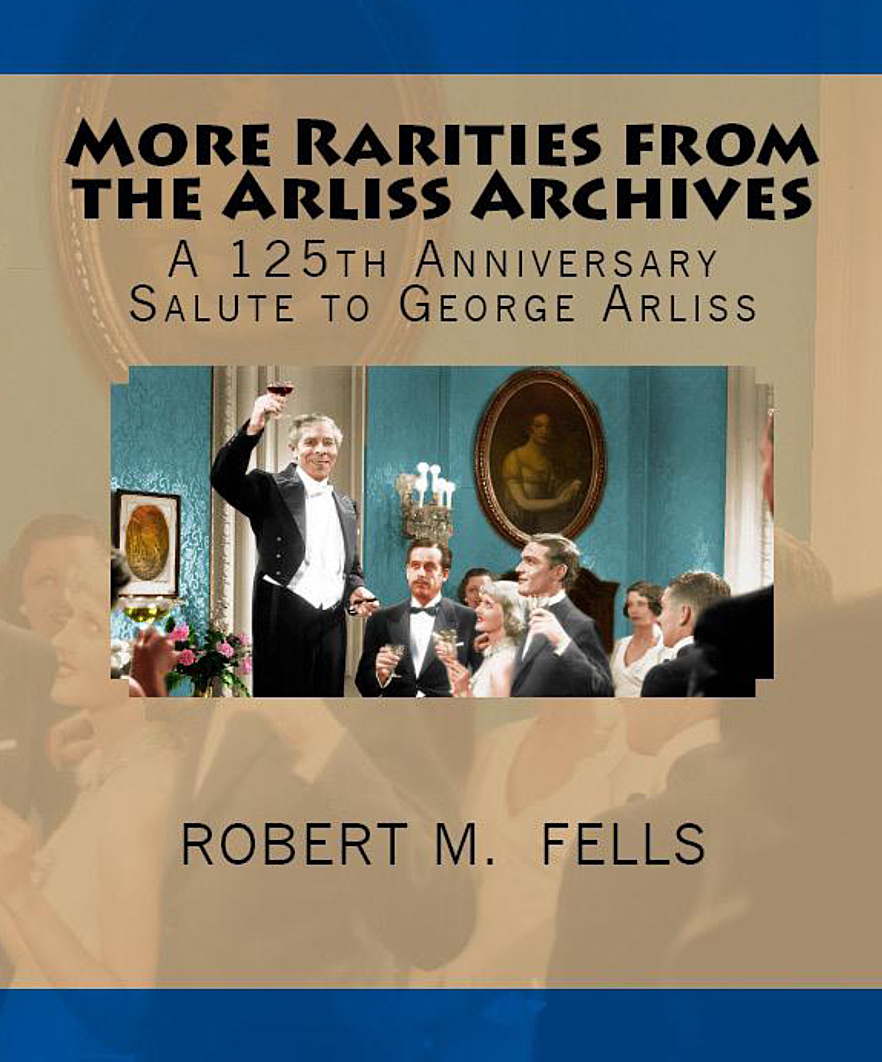
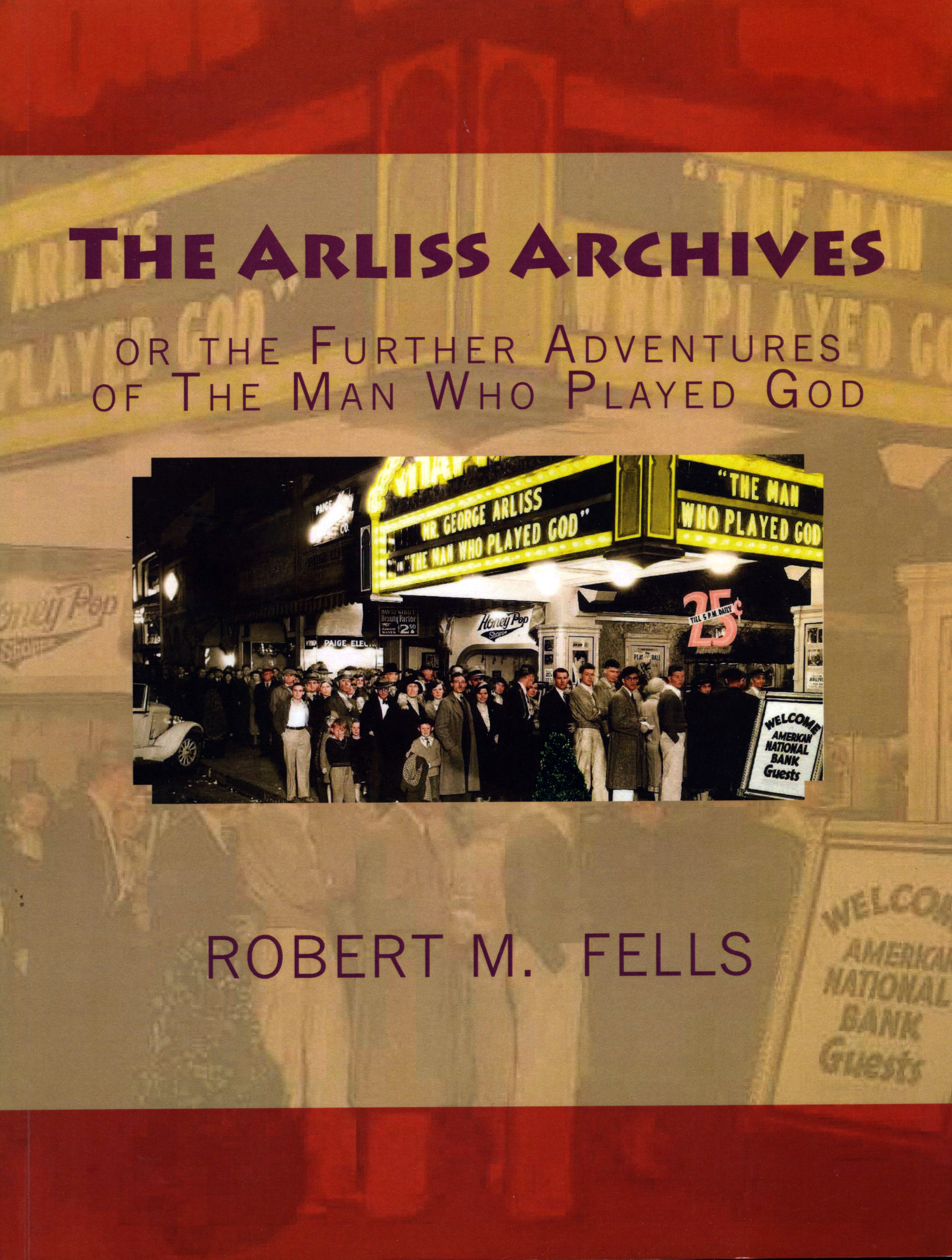
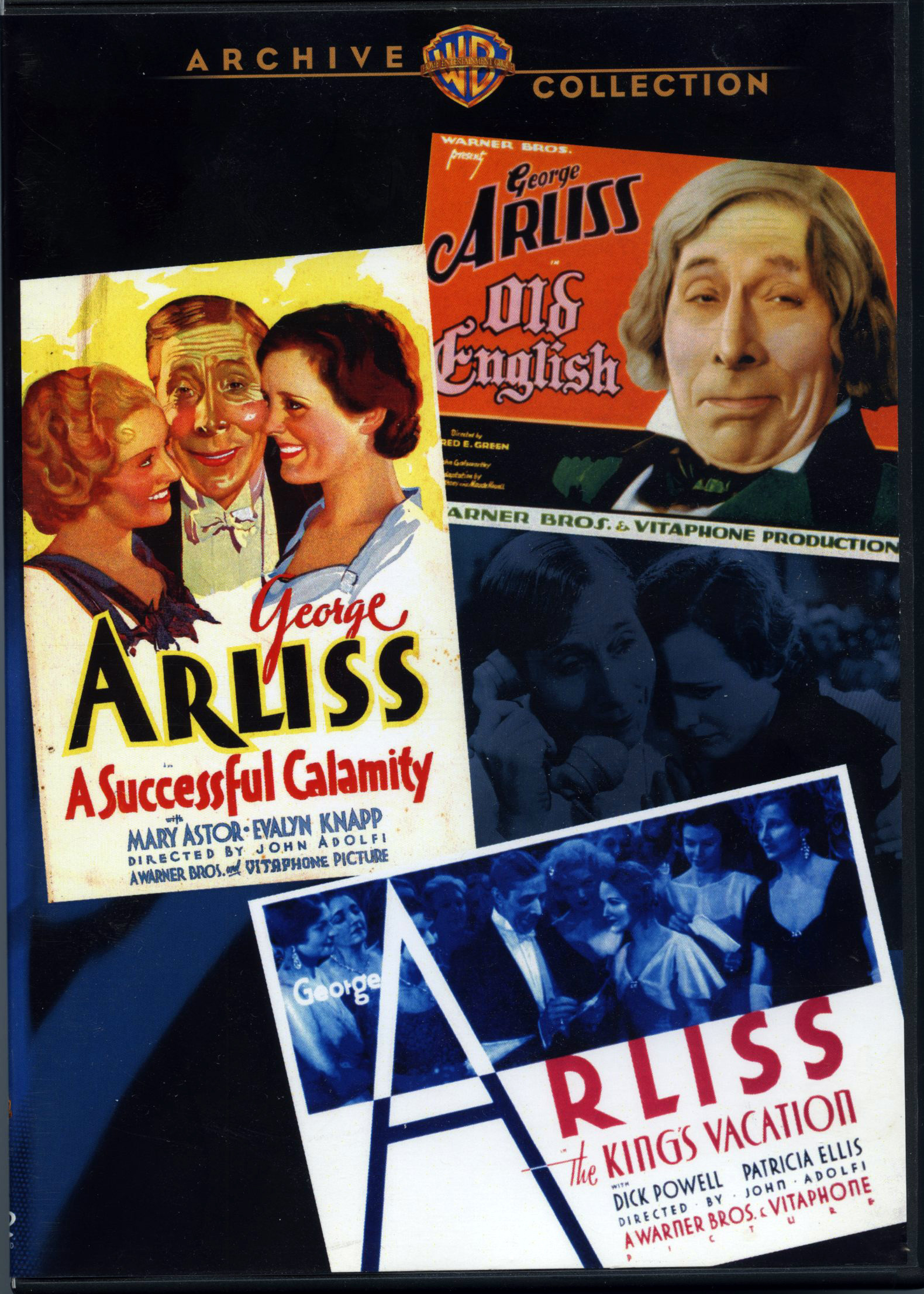




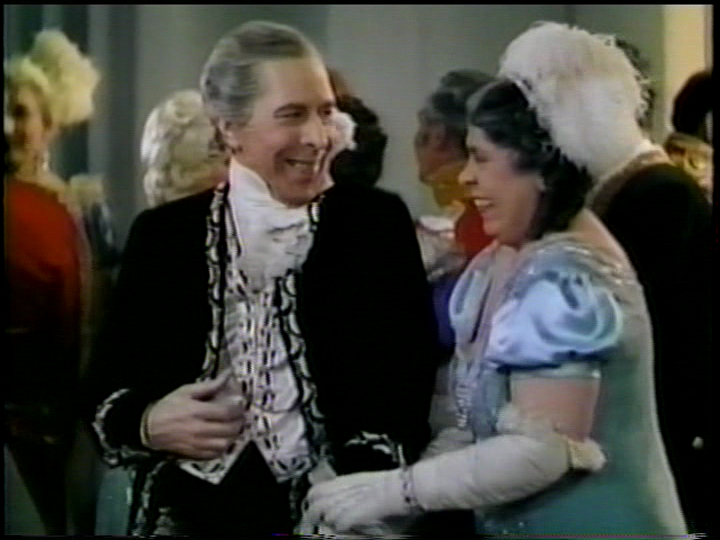

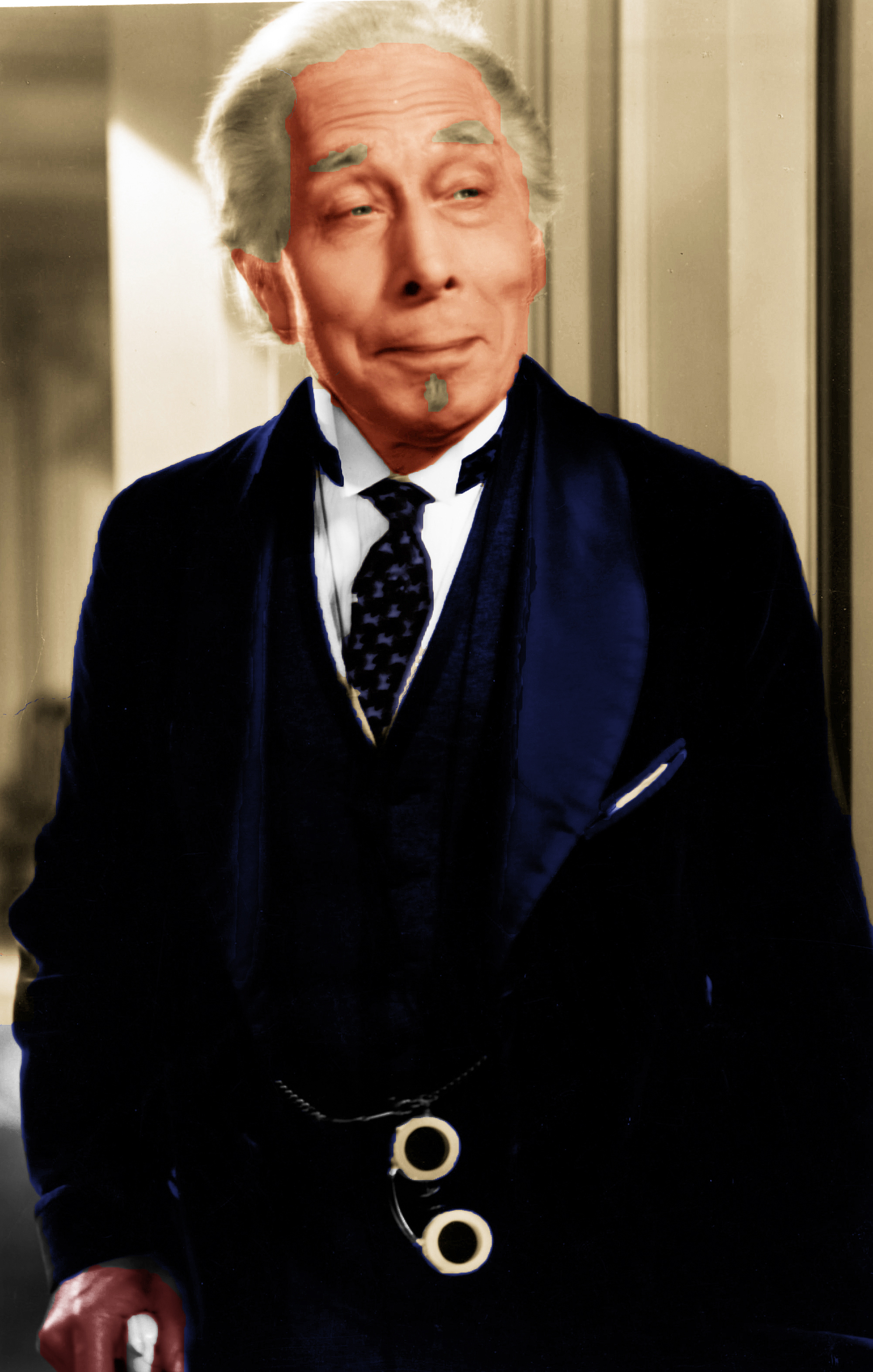
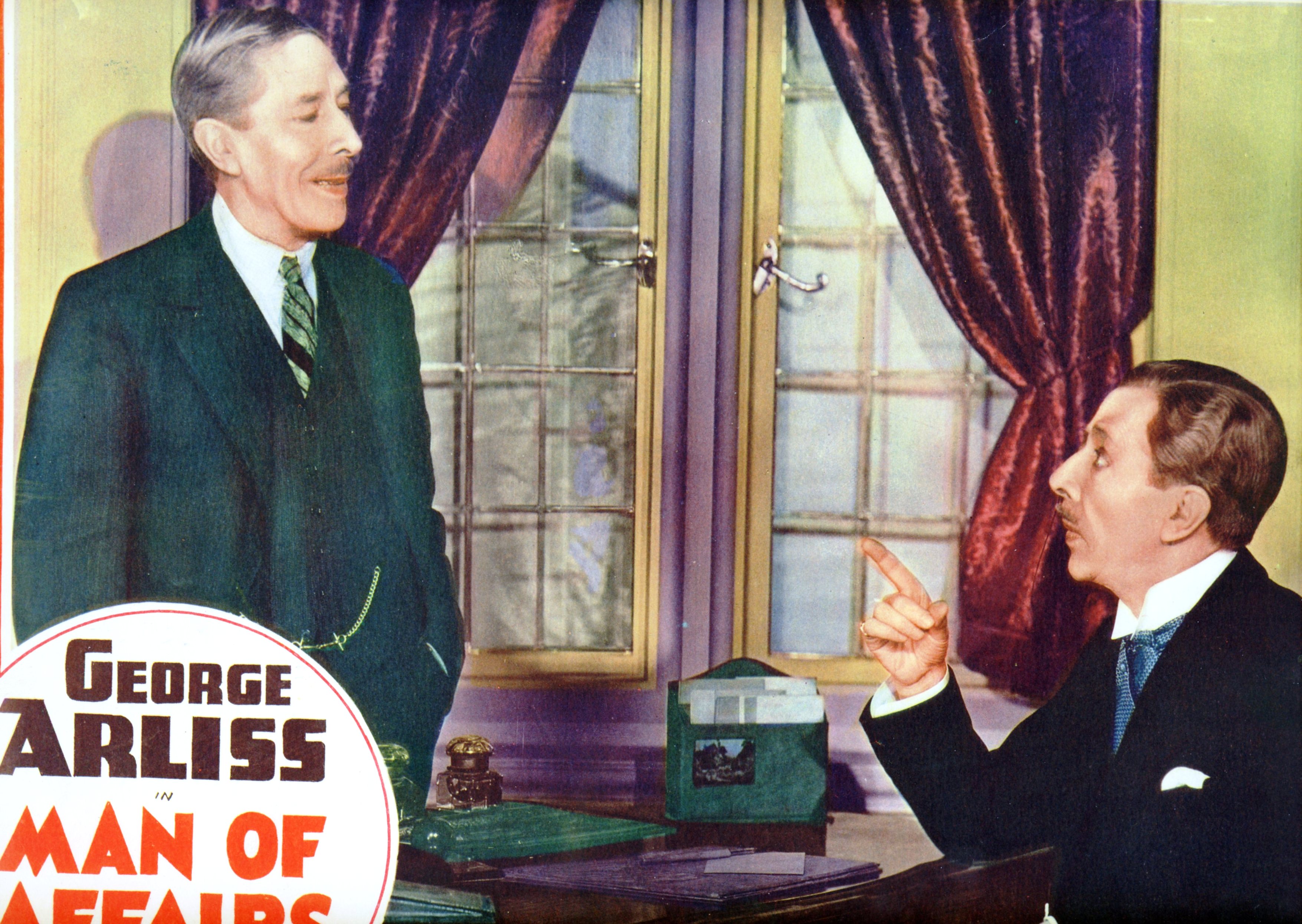

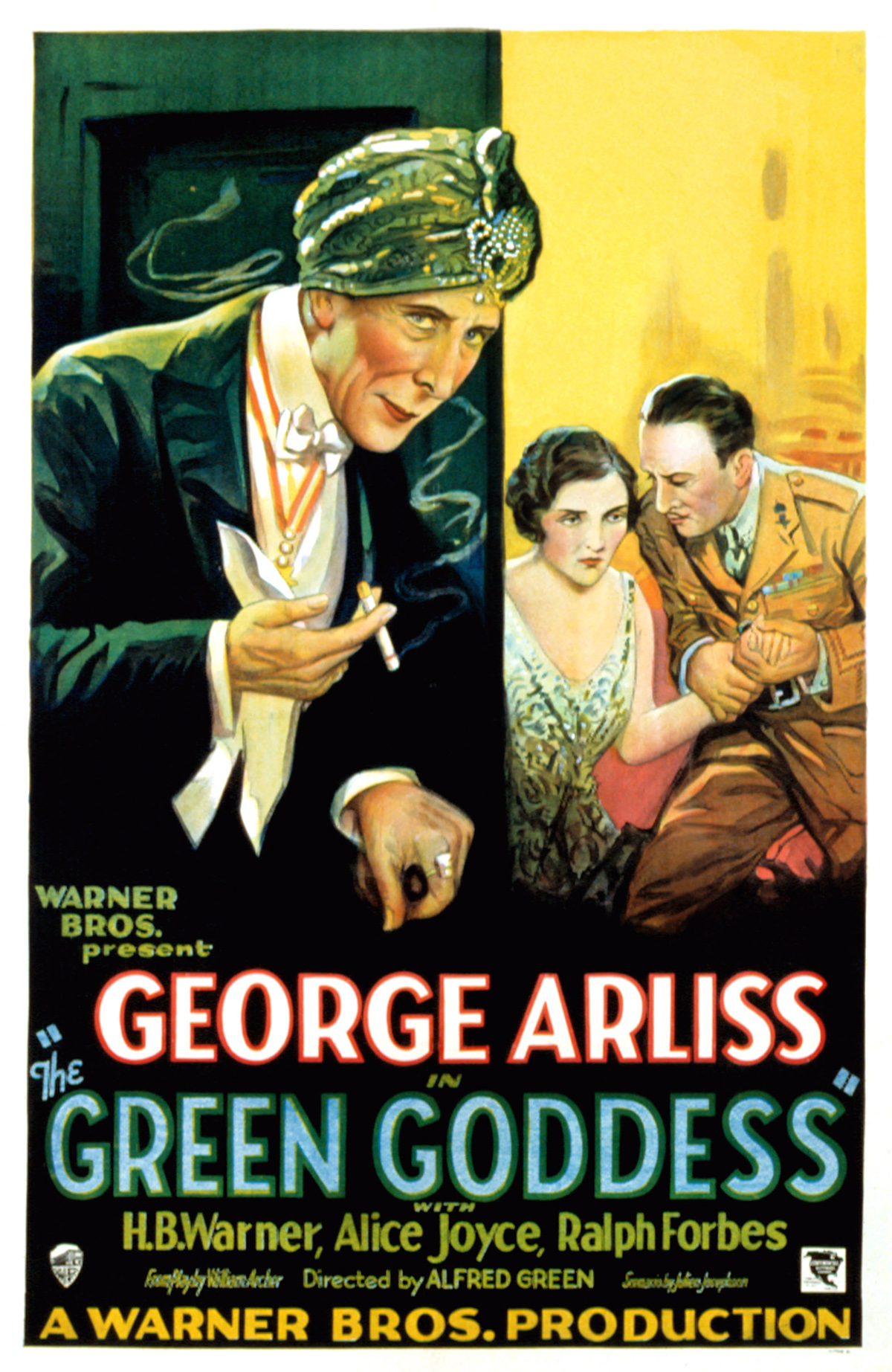
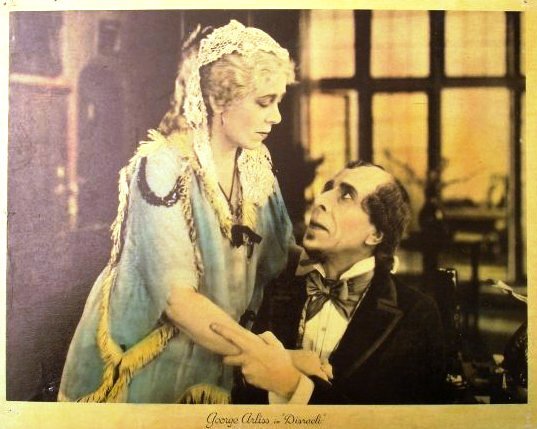

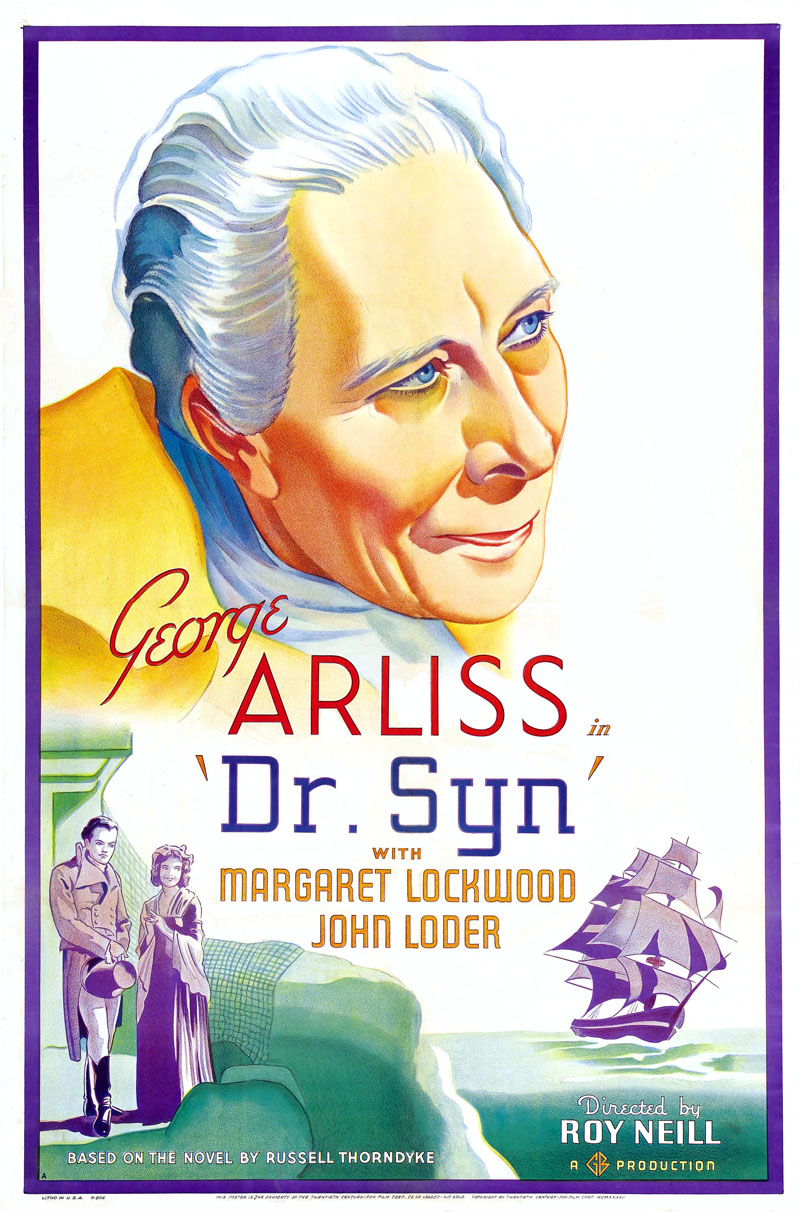
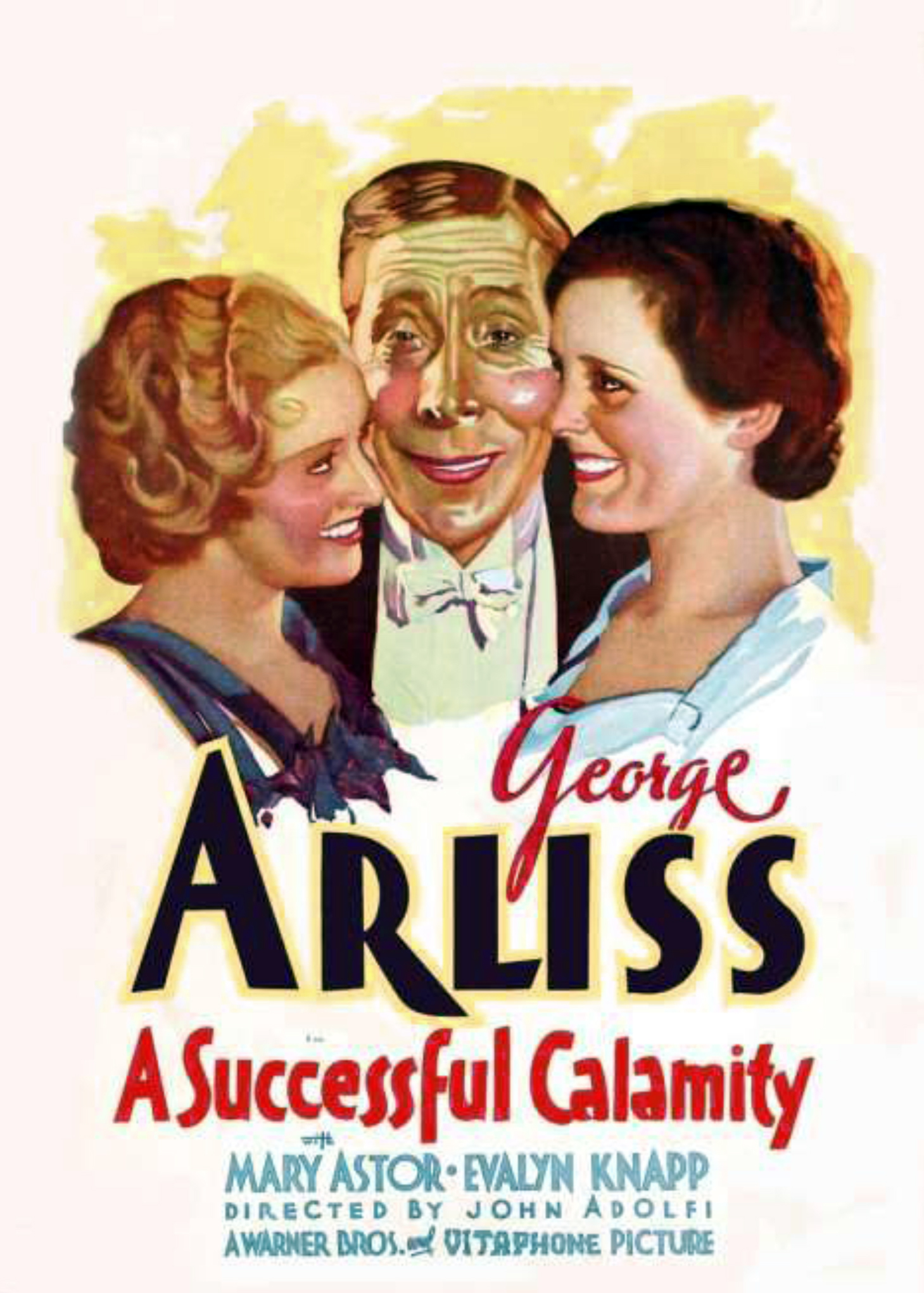


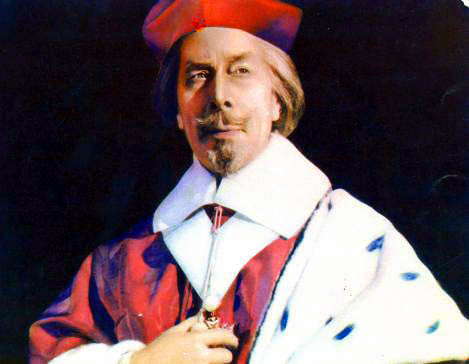

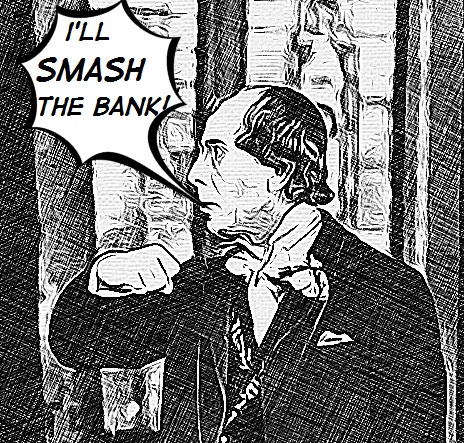


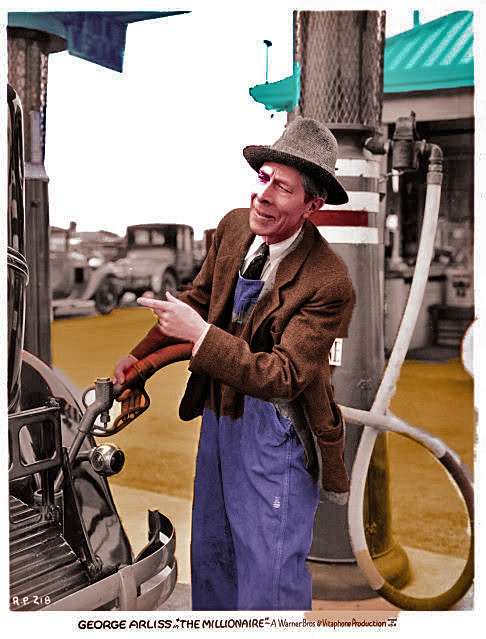

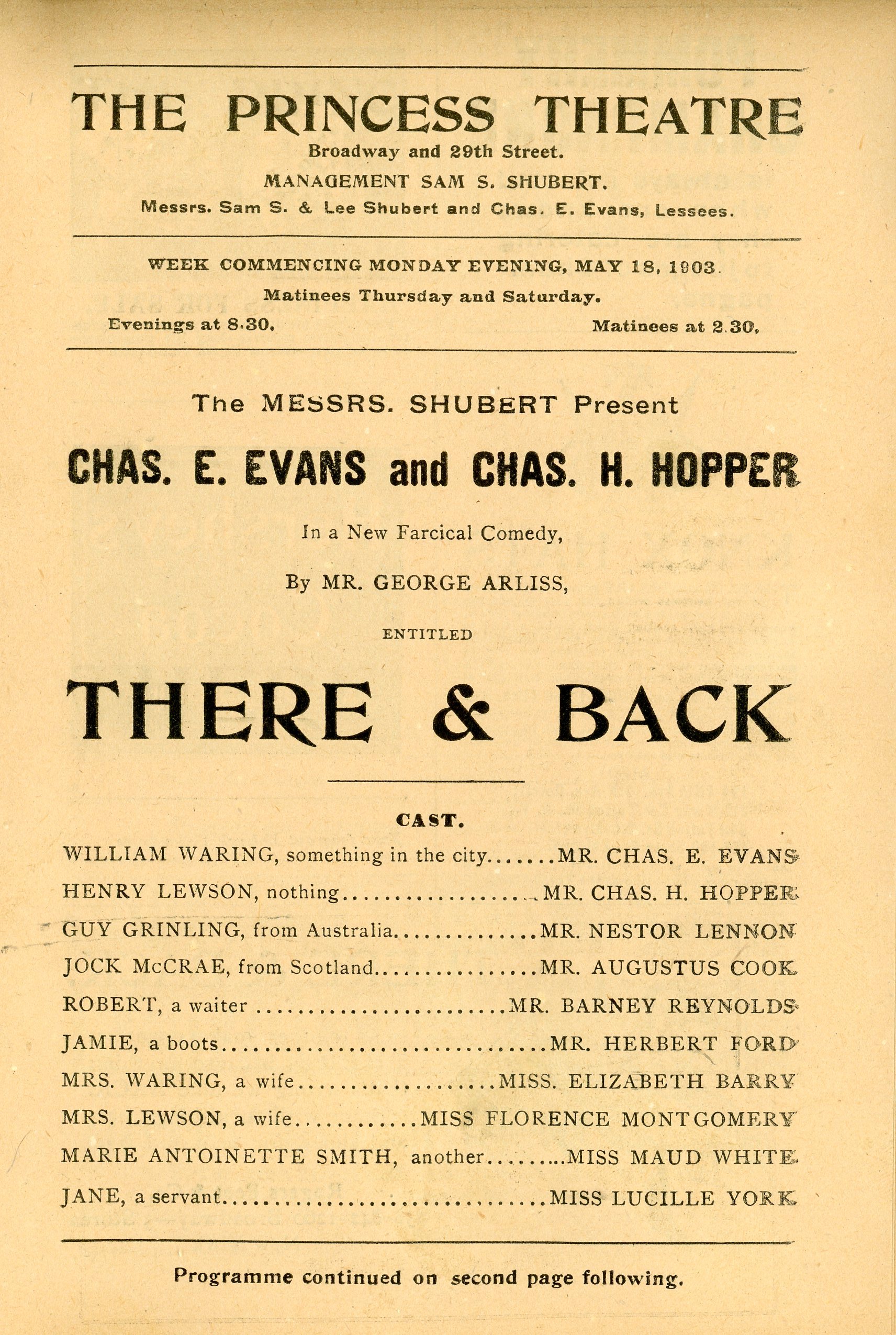

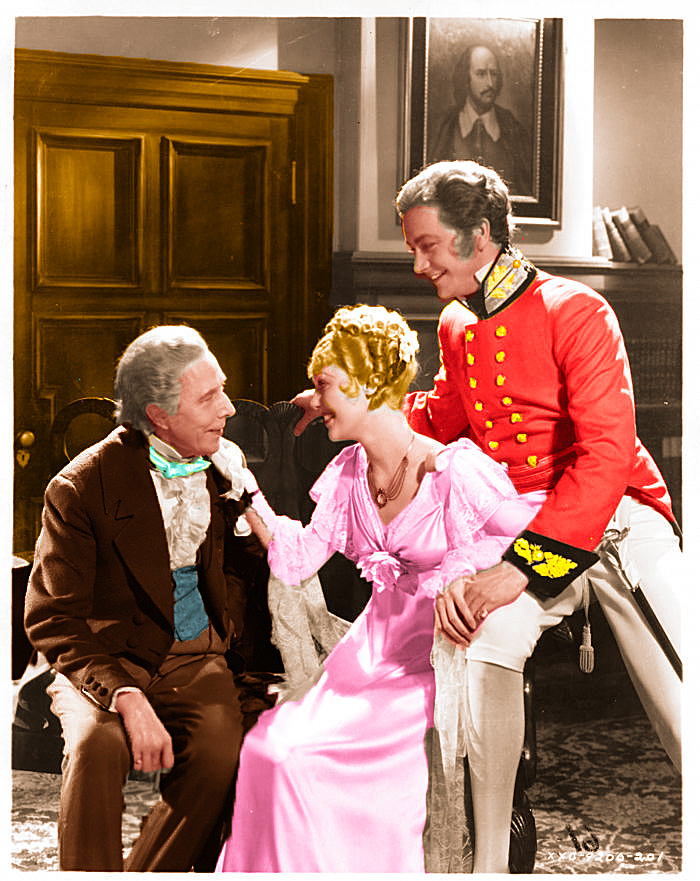
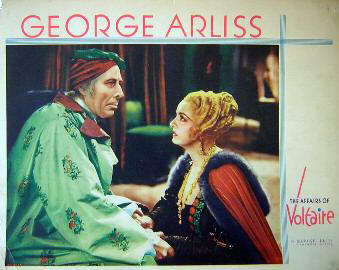
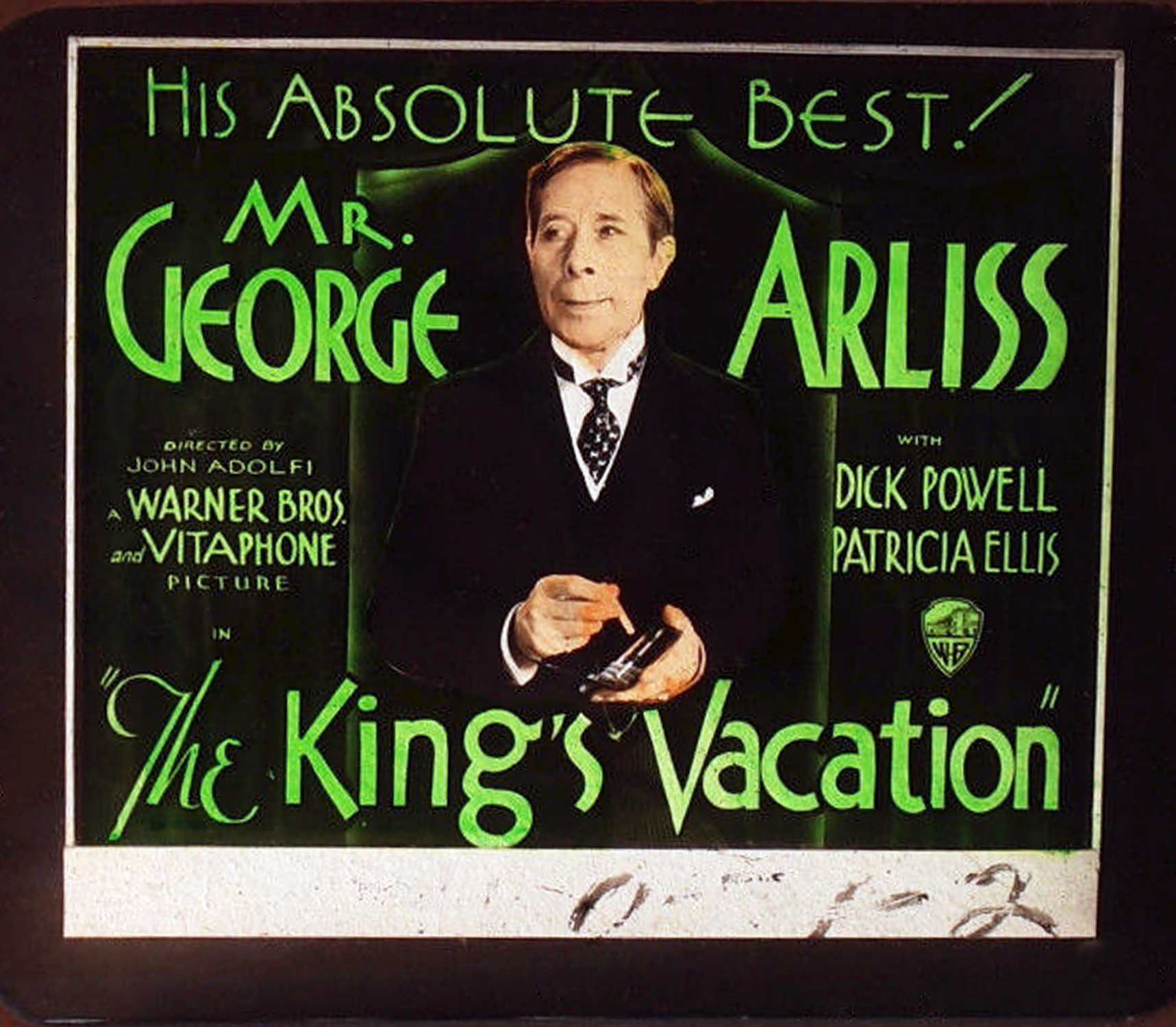

You must be logged in to post a comment.